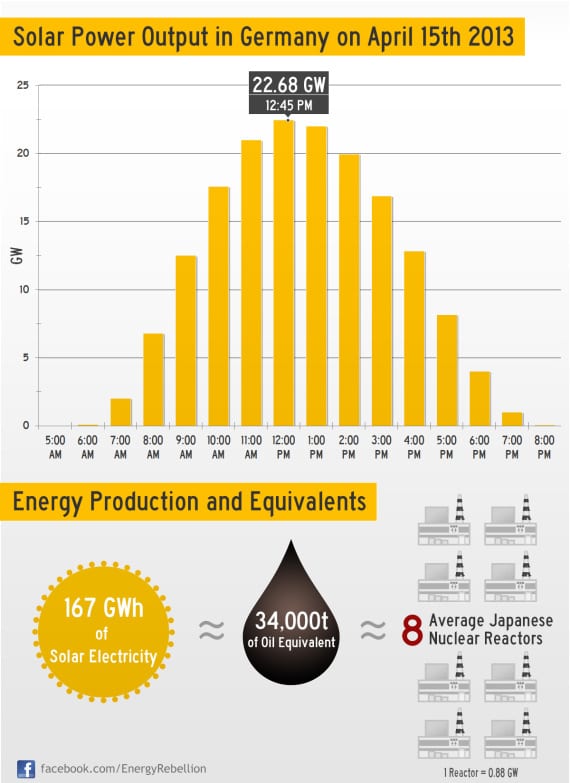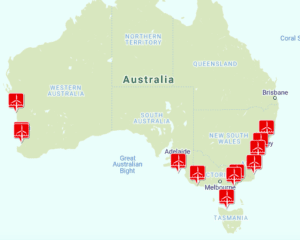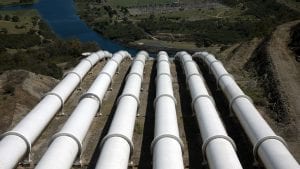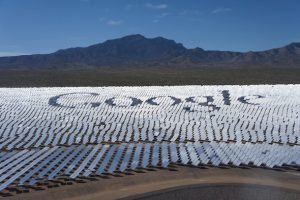On Monday, the 15th of April, 2013, the approximate 1.3 million solar power systems in Germany set a new domestic/world record by reaching a peak power output of 22.68 GW at noon.
The New Normal
This new record is almost 0.5 GW above the “old” record of 22.2 GW, which was set on May 25th, 2012. Allthough I love celebrating all solar records, the biggest news might be that “just” 22.68 GW is apparently no longer newsworthy in Germany, because above 15-20 GW of solar have become a regularity.
During the first two weeks of April, solar surpassed the 20 GW mark on several occasions and made a meaningful contribution to the domestic power supply on every single day. For everybody remotely familiar with German or Central European weather conditions, it’s needless to say that it wasn’t all sunshine & cloudless skies in April.
Since solar panels last for 25+ years and have almost no marginal costs, I like to use the opportunity to mention the fact that whatever might happen in policy in the coming years, those yellow areas of the electricity market will remain liberated* from the external effects caused by conventional electricity production for at least one generation. (*To use a slightly more energy revolutionary sort of language)
So, lets celebrate the new solar world record of 22.68 GW of solar power on a national grid, despite its relative “mediocrity,” with a little infographic!
In case you are wondering: The equivalents mentioned in the infographic were chosen for the Japanese “market” (for solar and ideas).
- The 167 GWh of solar electricity provided a little more than 12% of the total German electricity consumption on a typical Monday in April (presuming that consumption hasn’t changed too much since last year).
- The 34,000 tons of oil are calculated by considering a thermal power plant efficency of 42%, meaning that for each kWh of electricity you got to burn 2.4 kWh of oil. (42% is the average for Japanese oil-fired power stations that usually provided peakload electricity before, and now even more so after, the Fukushima nuclear accident.)
- The number of nuclear reactors refers to each one running for 24 hours straight. The comparison is intended to show that distributed solar can make a big impact and doesn’t need years to build. I am aware that comparing clean peak-load solar operating in the renewable energy paradigm with old-school baseload nuclear is relatively pointless.
This article was originally published on CleanTechnica. Reproduced with permission











